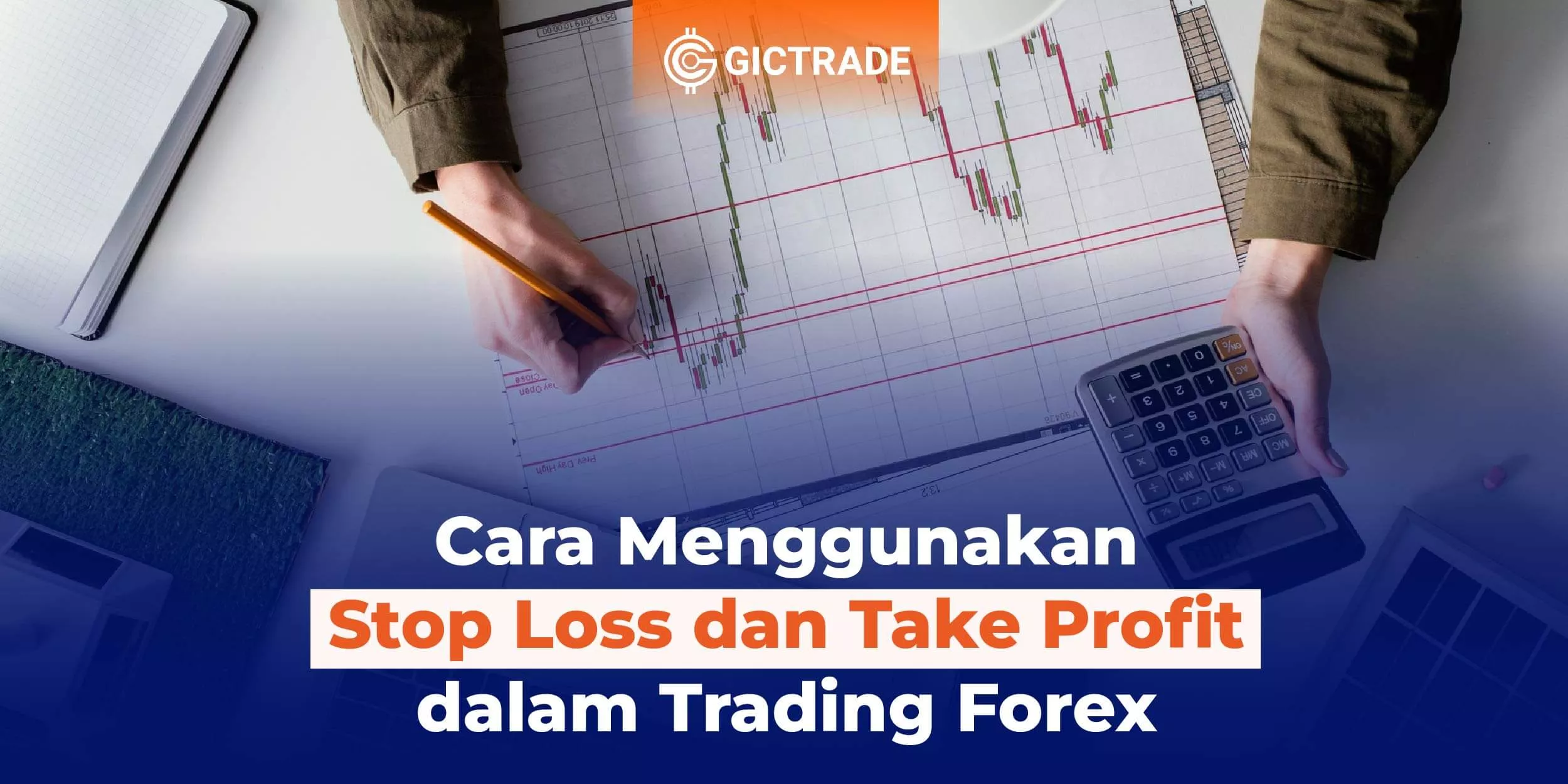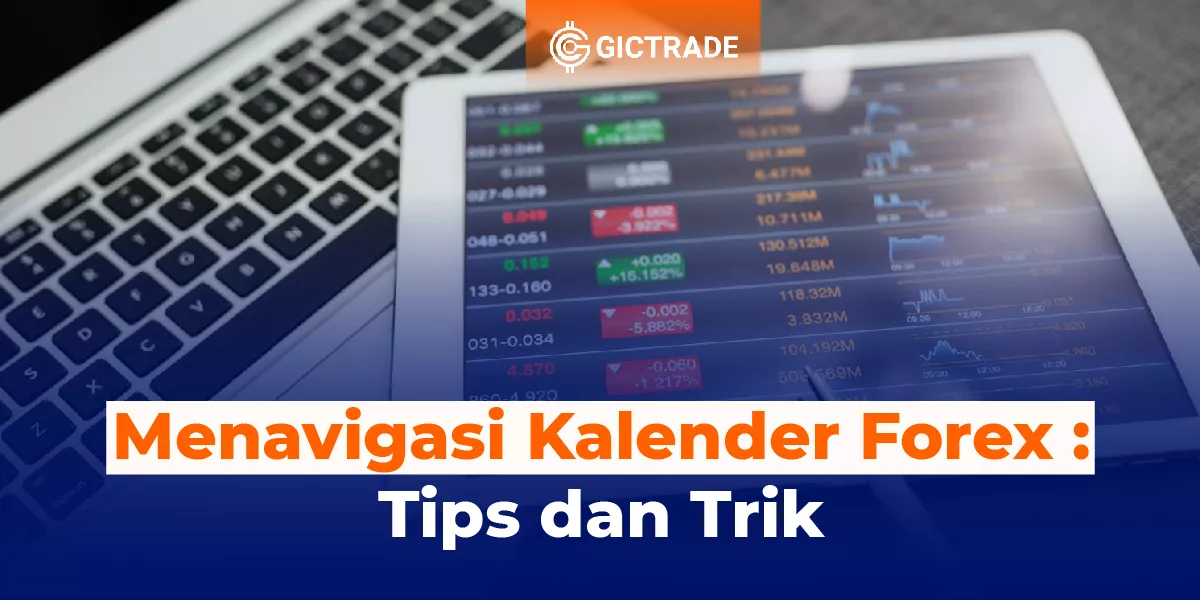Introduction
How to Use Stop Loss and Take Profit - Forex trading is an activity that involves risk. In an effort to manage these risks, there are two very important tools for traders to understand and use, namely stop loss and take profit. In this article, we will discuss how to use stop loss and take profit effectively in forex trading.
Table of Contents
Why You Should Use Stop Loss in Forex Trading
Stop loss is the price level at which you automatically close a trading position to reduce the risk of uncontrolled losses. Using a stop loss has several important advantages in forex trading. First, a stop loss helps you reduce the risk of uncontrolled losses. In an unfavorable market situation, a stop loss will keep your losses within tolerable limits. By determining the right stop loss level, you can limit your losses and avoid significant losses. Secondly, stop losses also protect your trading capital. In case of sudden or unexpected market movements, the stop loss will automatically close your trading position. Thus, you don't have to worry about losing all your trading capital due to extreme market movements.
Third, stop losses prevent emotions from influencing your trading decisions. Sometimes, when the market price moves against your position, emotions such as greed or fear can influence your trading decisions. By using a stop loss, you can have a clear and objective plan to close a trading position if the price reaches a predetermined level, without being affected by emotions. Fourth, using stop losses also helps you optimize risk management. By determining the right stop loss level, you can calculate a balanced risk-reward ratio in each trading position. This allows you to control risk more effectively and maintain consistency over the long term.

How to Set a Stop Loss in Forex Trading
Determining the right stop loss level is key to the effective use of stop losses in forex trading. There are several approaches you can use to determine the stop loss level.
First, you can use technical analysis to determine the stop loss. For example, you can place a stop loss below the nearest support level if you open a buy position, or above the nearest resistance level if you open a sell position. By using technical indicators such as moving averages or Bollinger Bands, you can also identify potential levels to place a stop loss. Second, you can also use a tried-and-true risk management strategy. For example, you can use a certain percentage of your trading capital as a stop loss limit. For example, you can specify that you will place a stop loss at a level where the loss will reach 2% of your trading capital.
Why You Should Use Take Profit in Forex Trading
Take profit is the price level at which you automatically close a trading position to lock in the profits already made. Using take profit also has some important advantages in forex trading. First, take profit allows you to lock in profits that have already been earned. In a favorable market situation, the market price can move up or down quickly. Using take profit, you can specify the price level at which you want to take profit and automatically close your trading position when the price reaches that level.
Secondly, take profit also helps you avoid adverse trend changes. When the market price reaches the predetermined take profit level, you can exit the trading position with the profit you made before the trend reversed and turn the profit into a loss. Third, using take profit also allows you to optimize the risk-reward ratio. By determining the right take profit level, you can calculate the potential profit expected based on the technical analysis or trading strategy used. Thus, you can determine the favorable risk-reward ratio in each trading position.
How to Set Take Profit in Forex Trading
Just like a stop loss, determining the right take profit level is also important in forex trading. There are several approaches you can use to determine the take profit level. First, you can use technical analysis to determine the take profit. For example, you can place a take profit at the nearest resistance level if you open a long position, or below the nearest support level if you open a sell position. Using relevant technical indicators and price patterns, you can identify potential levels to place take profits.
Second, you can also use a tried-and-true risk management strategy. For example, you can specify the desired risk-reward ratio before opening a trading position. For example, you can specify that you want to earn at least 2 times the risk you take on each trading position.
Stop Loss and Take Profit Combination Strategy in Forex Trading
In addition to using stop loss and take profit separately, there are several combination strategies that you can use to increase the effectiveness of forex trading. First, you can use a trailing stop loss. A trailing stop loss is a type of stop loss that moves with the price movement when your trading position is profitable. By using a trailing stop loss, you can lock in profits and automatically adjust the stop loss according to the market price movement.
Second, you can use break-even stop loss. A break-even stop loss is a type of stop loss that is moved to the breakeven level (buy price) after your trading position reaches a certain profit. By using break-even stop loss, you can be sure that at least you will not incur losses on the trading position. Third, you can use support and resistance levels as a reference to determine stop loss and take profit. These levels are often used by many traders as important reference points in technical analysis. Using support and resistance levels, you can place stop losses and take profits taking into account areas where the price has a high probability of reversing.
Join GIC, the Best Forex Trading Platform for Beginner Traders
Not familiar with GIC? Let's get acquainted. Unlike other conventional brokerage firms, GIC through the GICTrade platform provides a solution for traders who do not want to be charged with high trading fees.
GICTrade is a peer-to-peer trading platform that brings together traders and market makers. Traders will benefit from the absence of commission fees and low swap fees and spreads due to the presence of market makers as liquidity providers.
You can also join the trader community on GICtrade's Telegram to ask fellow traders directly about their trading experience. In addition, on YouTube GIC, traders can also learn to trade for free! What are you waiting for?
Conclusion
In forex trading, the use of stop loss and take profit is essential to manage risk and lock in profits. Stop losses help reduce the risk of uncontrolled losses, protect your trading capital, prevent emotions from influencing trading decisions, and optimize risk management. Take profit allows you to lock in profits that have already been earned, avoid adverse trend changes, and optimize the risk-reward ratio. By using the right approach to determining stop loss and take profit levels, and incorporating appropriate strategies, you can improve your trading consistency and results.
FAQs:
- Do I always have to use a stop loss in forex trading?
Yes, the use of stop losses is highly recommended in forex trading to manage the risk of uncontrolled losses.
- How can I determine the right stop loss level?
You can use technical analysis or risk management strategies to determine the right stop loss level.
- What to do if the market price is close to the stop loss level?
If the market price is close to the stop loss level, you can consider whether there are fundamental factors or trend changes affecting your decision. If there is none, you can maintain a stop loss as per your trading plan.
- What are the benefits of using take profit in forex trading?
The advantage of using take profit is that you can lock in the profits you have already earned, avoid adverse trend changes, and optimize the risk-reward ratio.
- How can I determine the right take profit level?
You can use technical analysis or risk management strategies to determine the right take profit level based on price patterns and relevant technical indicators.
| Also Read : 5 Forex Trading Tips for Beginners to Always Be Profitable |
 Last:
Last: 







